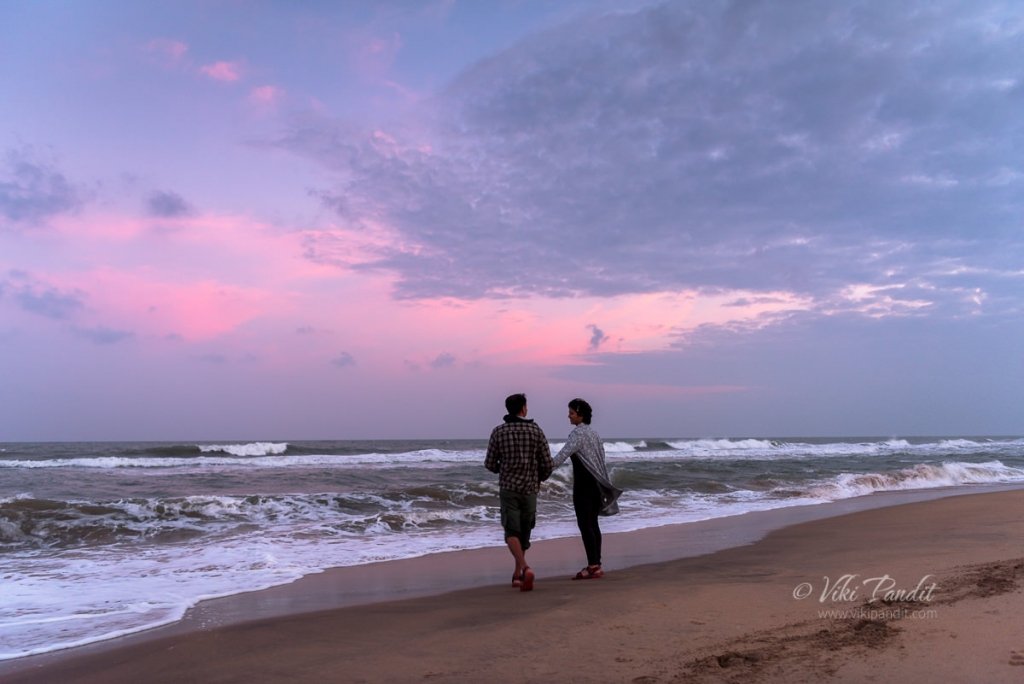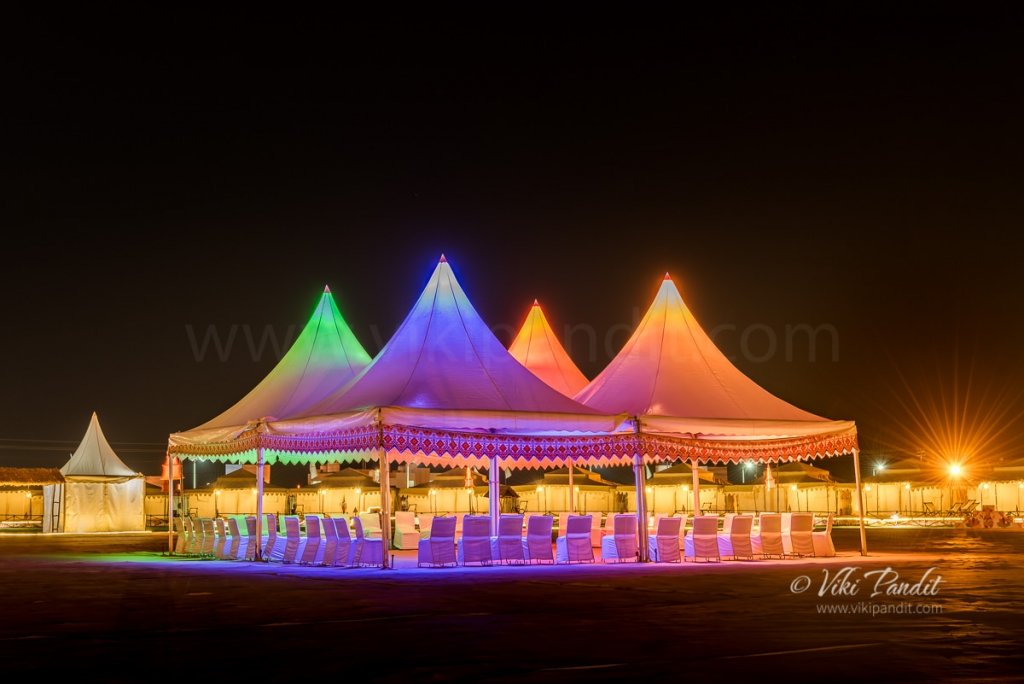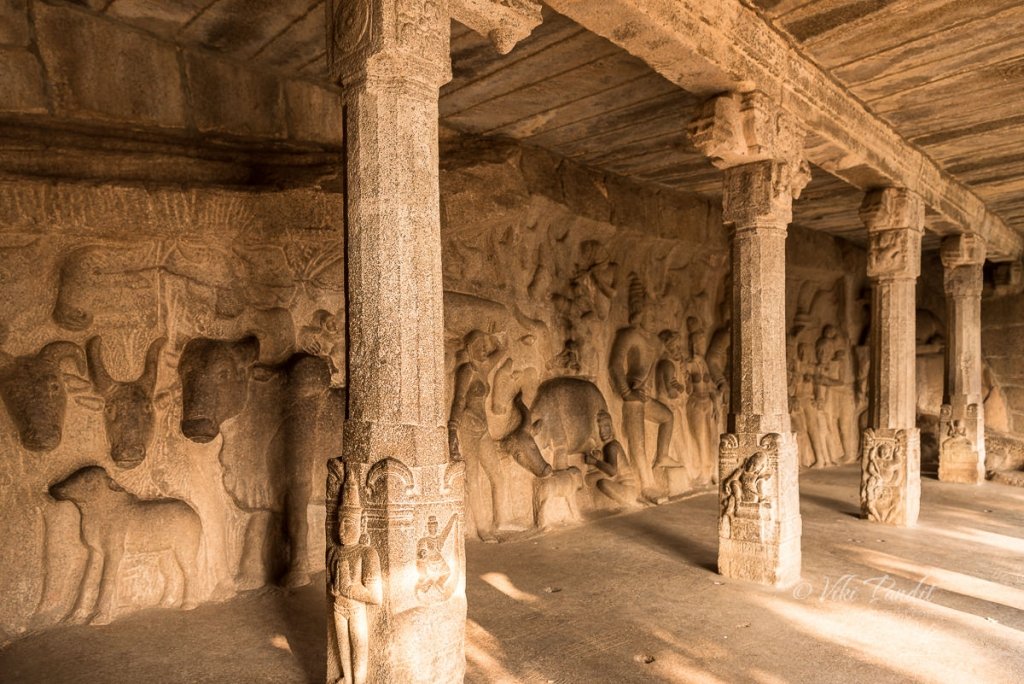Today we go on a tour of the monuments of Mahabalipuram. The city of Mamalla, named after the title of Pallava ruler Narasimhavarman-I, was a sea-port during the time of Periplus and Ptolemy. Today it is a town studded with rock-cut caves, monolithic shrines, cave sanctuaries and structural temples. The open-air museum also includes the largest open-air rock relief in the world. The group of monuments at Mahabalipuram, were accorded the status of a UNESCO World Heritage Site in the year 1984.
Journals

The last Pagoda of Shore Temple
We drove to the Shore Temple at dawn to witness the pristine structure, built with blocks of granite, dating from the 8th century AD. Overlooking the shore of the Bay of Bengal, it is one of the oldest temples in Southern India. Constructed in the Dravidian style that reflects the royal taste of the Pallava dynasty, its sanctuaries are dedicated to Vishnu and Shiva.

Musical Waves of Mahabalipuram Beach
We sat under magical skies, immersed in the music of the strong waves of Bay of Bengal. The historical town of Mahabalipuram is an enchanting place to explore age old stone carvings and century old temples, but in-between the sweaty hikes, one can cool their tired heels at the beautiful beaches along the east coast.

The Kovils of Kanchi Kailasanathar Temple
I have an affection for studying stones. While I was in Kanchipuram, I dropped by at the sandstone temple of Kanchi Kailasanathar at the break of dawn. Located in one of the busiest cities of Tamil Nadu, the temple was commissioned in the 8th century by Rajasimha, one of the greatest kings of the Pallava Dynasty.

A stroll on Mandvi Beach
We drive to Mandvi Beach to laze out in the winter Sun. The beach is a curving stretch of yellow sand fringed by green waters, with windmills on one side and an uninterrupted view of the Arabian sea on the other. The sea is safe for swimming and the beach is ideal for walking. The beautiful beach offers many fun activities including Camel rides, bubble floats, speedboats and even para-sailing. But for us peace hunters, a few steps away there is the silence of the gentle waves and the occasional herons flying by.

Colors of Rann Utsav
The Dhordo tents are the most amazing place to stay while exploring the beauty of White Rann. Located just 15 minutes away from the white desert, with luxury tent accommodations, round the clock Gujarati delicacies, a caring staff and numerous activities, you will not have a dull moment for the stay.

Sunrise at White Rann
I would be the last person to get up at 5 am on a vacation. But I did and yes I am not complaining. I was witness to the most lovely sunrise over the white melted salts of White Rann. The silence accompanied with the vastness of space, the cool breeze of early November and the locals dressed up in ghagra & cholis make this moment a feast for my disenchanted urban soul.

Ride to Kalo Dungar
We ride out deep into the desert to explore Kalo Dungar also known as the Black Hill. Kalo Dungar is the highest point in Kutch and the best place to enjoy a panoramic view of the amazing Rann of Kutch. Though not literally black, the hill is known so because in olden times, the merchants returning to Kutch from Sindh used to be guided by this lonesome hill in the grim desert, which used to appear black because of the shadow cast by the sun.

Sunset at White Rann
Nothing beats a sunset and that too at the endless desert of White Rann. While basking in the beautiful sunset the only thought that grazed my mind was this, right here..is one of the “Real” 7 wonders of the world.
